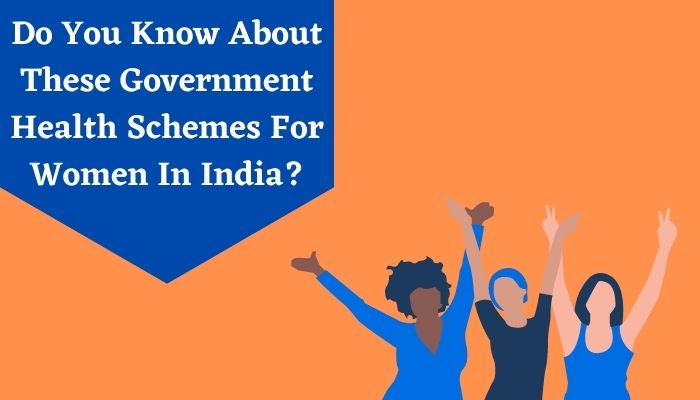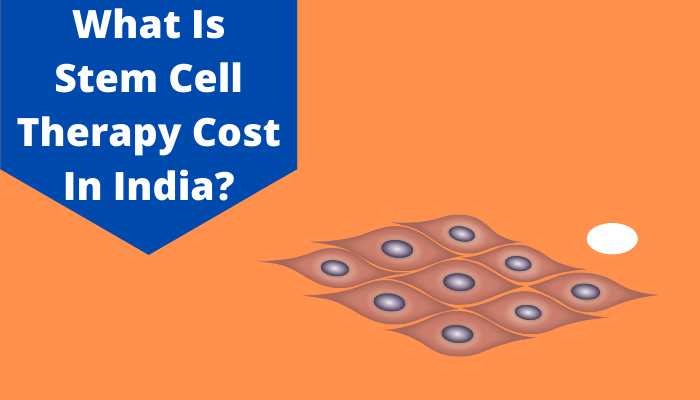Do You Know About These Government Health Schemes For Women In India?
Radha was working as a senior manager in a private bank. Due to her work commitments, she had hired a maid to help her with household work during the mornings. Though her maid was pregnant, she was still coming for work, which made Radha feel pity for her situation after knowing that she doesn’t have a health insurance policy. Being employed in a bank, Radha had access to all types of public welfare schemes launched by the government, which she thought would help her maid get the necessary benefits. So, she compiled a list of government schemes for women in India and helped her maid apply for whichever program she was eligible for. Fortunately, her maid was able to receive maternity benefits and healthcare support through three different insurance for women schemes.
The government of India has launched plenty of social welfare schemes for the public, including many health schemes, especially for women in India. They aim to create a safe environment for women who belong to the lower sections of society and all those women who might require it. In order to recognize the growing needs, the Indian government has also come up with various government programs, from time to time, with some of the important schemes such as:
Best Health Insurance for Female Launched by The Indian Government
1. Pradhan Mantri Matritva Vandana Yojana
This is a program that offers maternity benefits to women. It was introduced in 2010 and is implemented by the Ministry of Women and Child Development. Its benefits are transferred for lactating and pregnant women who are at least 19 years of age and older for their first childbirth. It also offers guidelines for safe birth as well as child care and nutrition. Apart from covering the losses in wages that will be experienced by women who give birth.
2. Pradhan Mantri Surakshit Matritva Abhiyan
This program is aimed to provide essential medical treatment for pregnant women during their pregnancies for 3-6 months in semi-urban, under-served, rural, and poor regions. As part of the scheme, check-ups are scheduled at medical centers, private and government hospitals, as well as private clinics on the 9th day of each month. All the tests are undertaken free of charge, which comprises blood pressure, glucose levels, weight, hemoglobin tests, screening tests, and blood tests.
3. Janani Suraksha Yojana Janani Suraksha Yojana
This health scheme is 100% funded by the Government of India through the National Health Mission to facilitate the entire population of BPL, SC, and ST Pregnant Women to give birth in government health centers/ institutions and to decrease infant and maternal deaths. The program also provides pregnant women from BPL, SC & ST families with cash incentives of Rs. 700 for delivery in urban areas, Rs.600 for delivering via C-Section in private hospitals, along with Rs.1500. If any woman belonging to the above categories of pregnant women give birth at home, they are also given an incentive of Rs 500 in cash to cover their post-delivery wage loss.
4. Sanitease
As a measure to promote women’s hygiene and health, the Union Ministry of Youth Affairs and Sports had launched this program under “Swachhagraha.” This program aims to increase awareness of the use of sanitary napkins by girls and women, specifically in urban and rural schools.
5. Ayushman Bharat Yojana scheme
The Ayushman Bharat Pradhanmantri Jan Arogya Yojana was introduced in 2018 as a centrally-sponsored program, jointly funded by the Union government of India as well as state governments to provide health insurance coverage to all those with low incomes in India. Some of the salient features of PMJAY are coverage of Rs.5 lakh per family per year for medical treatment, pre-hospitalization of 3 days, and post-hospitalization of 5 days, in addition to reimbursing the cost of diagnostics and expenses towards medicines. Not only but the scheme also provides coverage for pre-existing medical conditions for which the beneficiary can undertake medical treatment at any impaneled hospital anywhere in the country.
6. Employees State Insurance Scheme (ESIC)
The ESIC was established in 1950 by the Indian government. It was specifically created for the working community to get health insurance and safeguard against health-related issues like temporary or permanent incapacity, sickness, fatalities due to injuries sustained in the workplace that could result in a losing income for their families.
Medical benefits, maternity benefits, sickness benefits, disability benefits, dependents benefit, funeral costs, and rehabilitation allowances are some of the facilities extended to more than three crore beneficiaries who are registered under ESIC. Not only this, people who have registered for ESIC have the right to receive medical treatment for themselves as well as their dependents at ESI centers, which are located throughout the major cities in India.
In addition to these centrally-funded schemes, there are numerous state-run health plans that are administered by the state’s government for the citizens of those states. The COVID-19 outbreak brought the public’s attention, and awareness across all ages, towards the need to invest in efficient health insurance programs. While the wealthy could have the best treatment from private providers, the central government, as well as states, made sure that the healthcare system for the public was upgraded to offer healthcare facilities to all.
Benefits of Government Schemes for Women
Although there aren’t many health insurance policies that are specifically designed for women, the majority of all health plans available in India provide a cover for women, keeping in mind the ever-growing requirements of women’s health. It is always possible to find a Health Insurance Plan for the family and also cover your daughter and your spouse or health insurance plans for parents to protect your mother. Higher sum insured, cancer cover, Ayurveda cover, maternity coverage, etc., are some of the benefits extended to women through these policies.
The Conclusion
These insurance policies provide security against the risk of medical and financial uncertainty. They also address a vast range of issues related to health, lending a helping hand throughout life, and preparing them for important goals like health, pregnancy, and children’s education while improving the savings for the long-term.




























